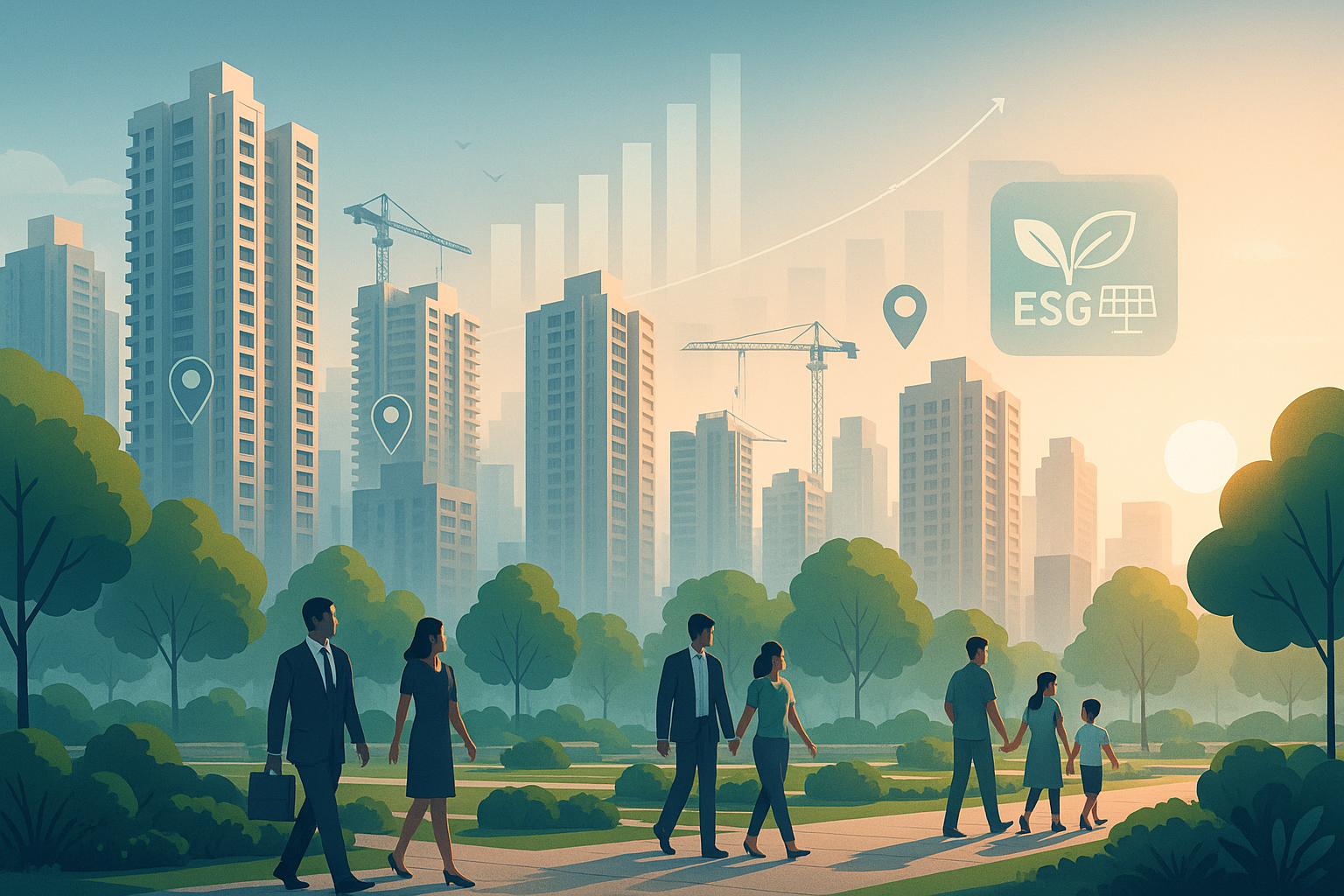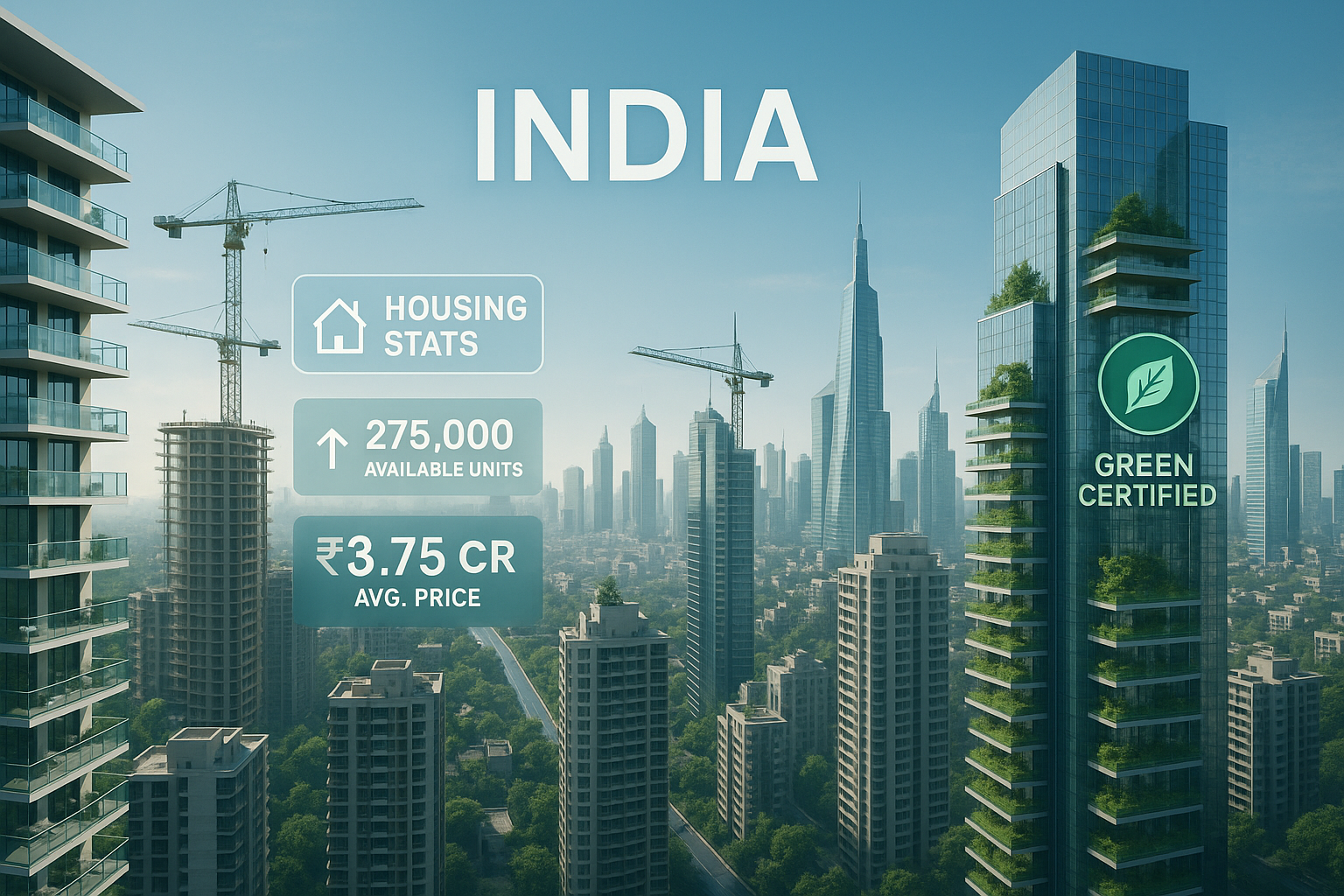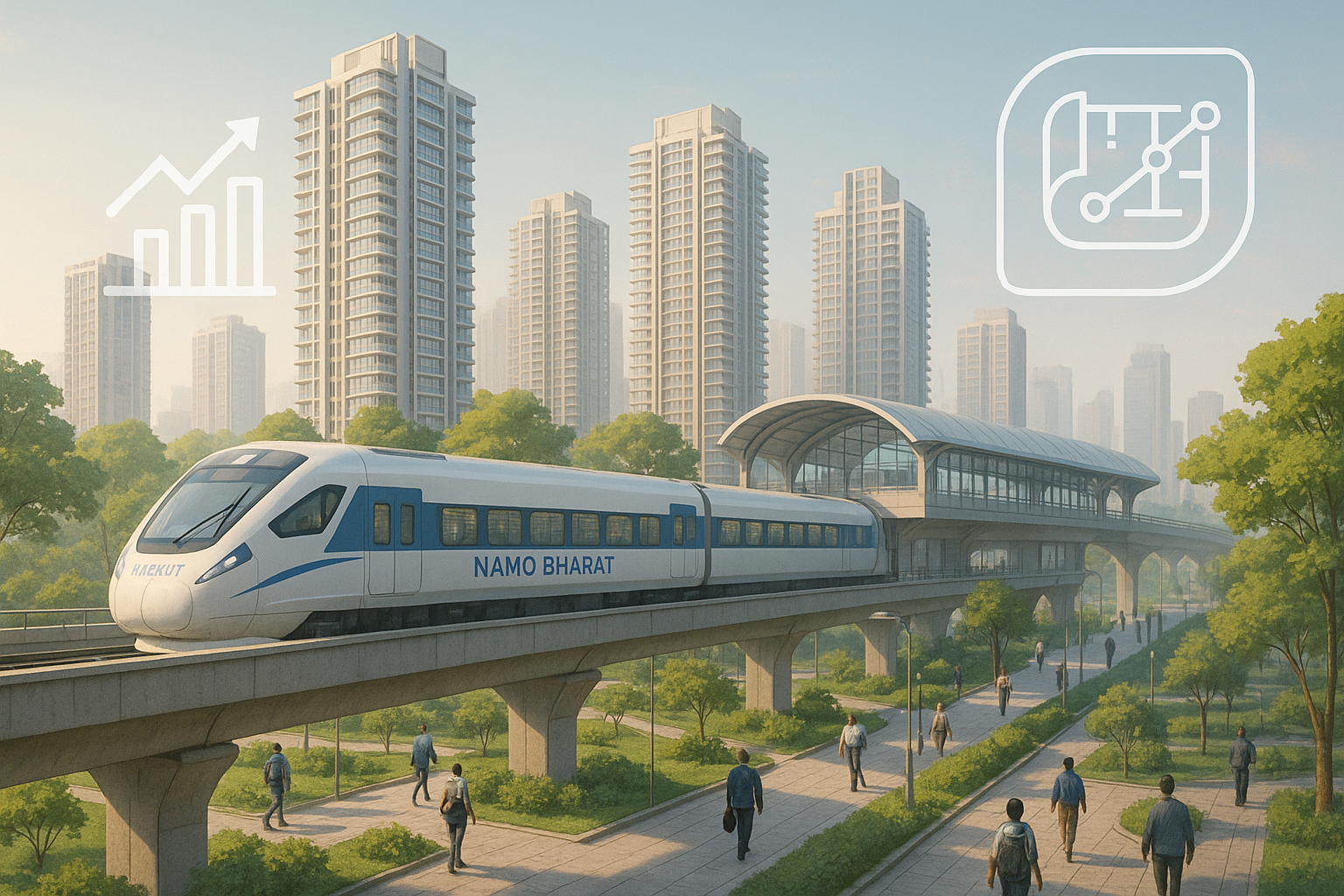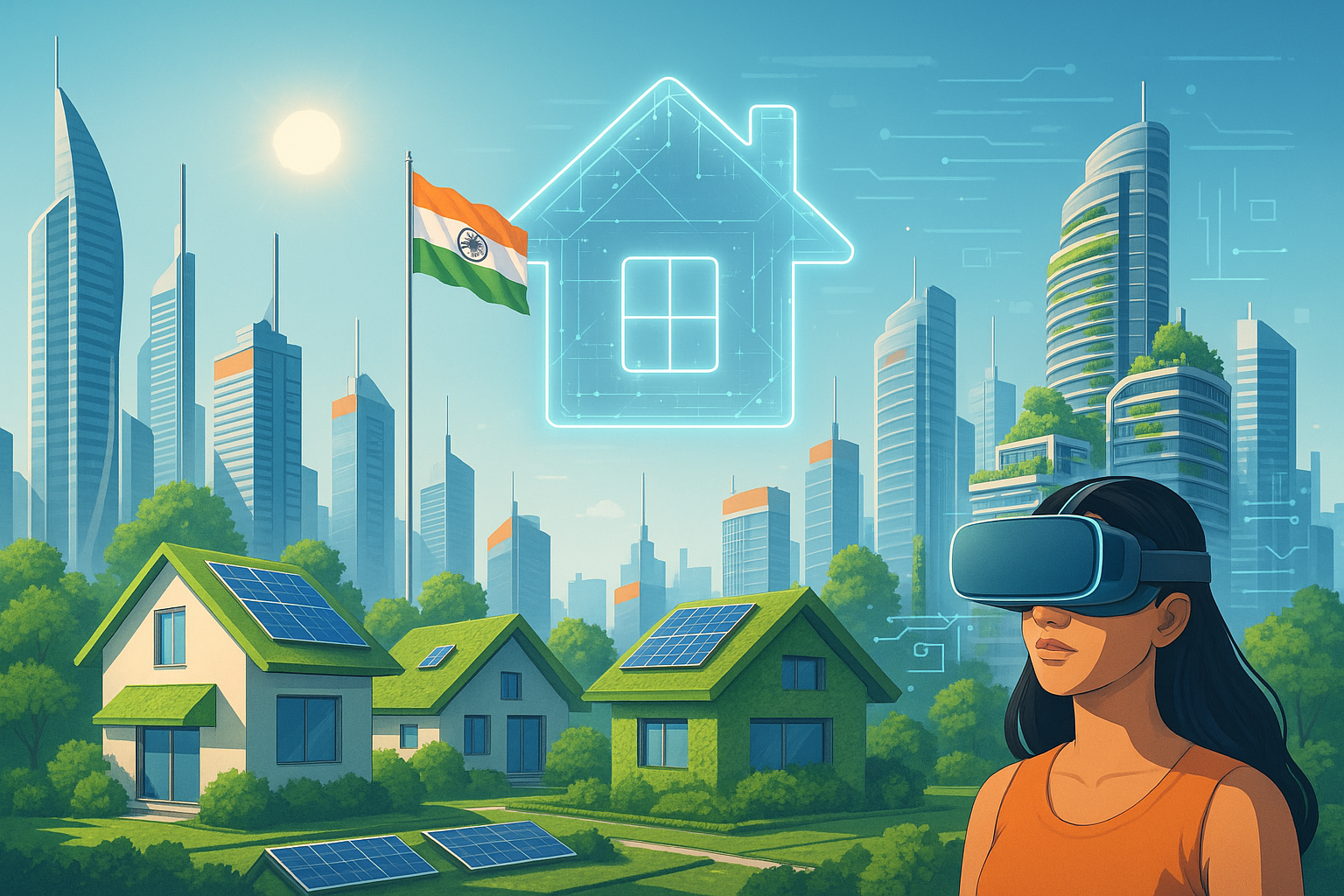Viksit Bharat: Strengthening India’s Energy Security Through Natural Gas Innovation
Imagine a future where every Indian household has uninterrupted power, our industries run cleaner, and transportation is greener. This vision of a developed India—Viksit Bharat—is deeply connected to how we manage and secure our energy needs. One of the key pieces to this puzzle? Natural gas.
But why natural gas, and how can it help India become energy secure while moving towards its net-zero goals? Let’s dive into this conversation in simple terms and explore how natural gas innovation, collaboration, and investment are powering India’s journey towards a stronger, cleaner, and more secure future.
Why Natural Gas is Crucial for India’s Energy Future
India is growing rapidly — more people, more cars, more factories, and naturally, more demand for energy. But at the same time, we also have climate goals and a shared responsibility to reduce carbon emissions.
This is where natural gas steps in. It’s often called the “bridge fuel”—cleaner than coal and oil, yet reliable and more affordable than some renewable sources.
Here’s why natural gas matters:
- Cleaner than coal: It emits 50–60% less CO₂ when burned in power plants.
- Supports renewable energy: It fills the gaps when solar or wind energy isn’t available.
- Reliable source: Essential for running industries and public transport with fewer emissions.
Did You Know?
India has pledged to reach net-zero emissions by 2070. Switching more of our energy mix to natural gas helps bring us closer to this bold target.
India’s Plan to Become a Gas-Based Economy
Prime Minister Narendra Modi isn’t just dreaming big—he’s acting on it. Under the Viksit Bharat 2047 vision, India aims to become a $30 trillion economy by its 100th year of independence, and energy will be the backbone of this transformation.
A major goal is to make natural gas account for 15% of India’s energy mix by 2030, up from only about 6% today.
What’s Being Done?
- Expanding the gas pipeline network — 35,000 km of planned pipelines to connect every state.
- Boosting LNG infrastructure — building terminals to import more liquefied natural gas (LNG).
- Creating a unified gas market — simplifying how gas is transported and bought across regions.
Where Partnerships Make a Big Difference
India can’t do this alone. The natural gas revolution needs international support, investments, and collaborations.
Global Collaboration
India has already started forming strong partnerships with key countries and companies to secure long-term LNG deals. Countries in the Middle East, the US, Australia, and Russia are all part of this growing network.
Think of it like building your dream house. You need skilled labor, quality materials, smart design—and yes, funding. That’s what these partnerships bring: innovation, resources, and trust.
The Role of the Private Sector
Private energy companies and startups are also joining the movement. They’re helping bring cutting-edge tech like AI-driven pipeline monitoring, cleaner LNG production methods, and more energy-efficient appliances to the table.
Innovation: The Heart of India’s Natural Gas Transition
If you’ve ever solved a Rubik’s cube, you know it takes more than just one side turned right. That’s how India views energy—every piece needs to work together.
Innovation is helping India tackle age-old energy challenges with modern solutions.
Smart Solutions in Action:
- Hydrogen blending: Mixing cleaner hydrogen with natural gas to reduce carbon intensity.
- Digital twins: Real-time simulations to manage and maintain pipeline infrastructure.
- AI & machine learning: Predicting demand, detecting leaks, and saving energy.
These advances mean fewer power cuts, happier industries, and a lighter carbon footprint.
Affordability and Accessibility for All
It’s easy to talk big, but what about the everyday person? India’s energy transformation isn’t just about big numbers or environmental speeches—it’s about ensuring that citizens in remote villages can get reliable cooking fuel and clean energy.
Natural gas, especially through piped connections or affordable cylinders, can replace traditional biomass fuels. Less wood burning means better health, cleaner air, and safer homes.
The government’s initiatives, like City Gas Distribution (CGD) projects, aim to expand coverage to about 98% of the population in the coming years. That’s a game changer!
Roadblocks Ahead – But Solutions Too
Of course, no big change comes without challenges.
- Import dependency: India currently doesn’t produce enough gas on its own.
- Pricing issues: Global LNG prices can go up and down unpredictably.
- Infrastructure delays: Laying pipelines or building terminals takes time and money.
But these aren’t dead ends—they’re simply speed bumps. With better policies, international cooperation, and investment in domestic gas exploration, India can smooth the road ahead.
Conclusion: A Cleaner, Brighter Tomorrow with Natural Gas
Picture this: a thriving India where cities buzz with green public transport, industries hum efficiently, and every home has clean, reliable fuel. That’s the promise of natural gas in the journey towards Viksit Bharat.
It’s not just about cutting emissions. It’s about creating jobs, powering innovation, improving public health, and building a self-reliant India.
As we race toward 2047, natural gas will be a crucial ally in ensuring India’s energy security. And the best part? It’s not just a government mission—it needs support from citizens, innovators, businesses, and global partners alike.
So, the next time you hear about pipelines, LNG, or gas-based cooktops, remember—it’s all part of a much bigger picture. A vision of a strong, secure, and sustainable India.
Keywords to Remember:
- Natural gas in India
- India energy security
- Net-zero India 2070
- Gas-based economy
- India LNG projects
- Viksit Bharat 2047 vision
- Hydrogen blending with natural gas
- Clean cooking fuel India
What’s Your Role?
How can you contribute to this transformation? Perhaps by opting for piped gas, supporting clean energy solutions, or simply learning more and spreading the word. Every small step adds up.
Viksit Bharat isn’t just a government mission. It’s a vision that belongs to all of us.













